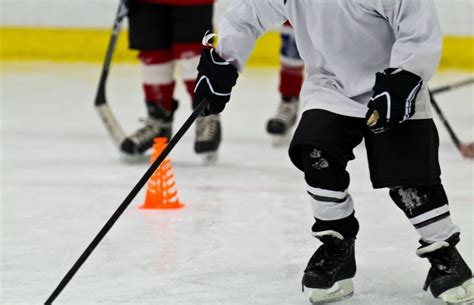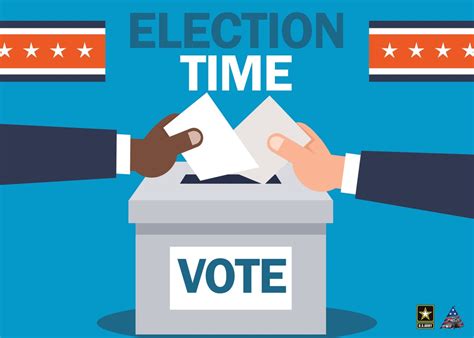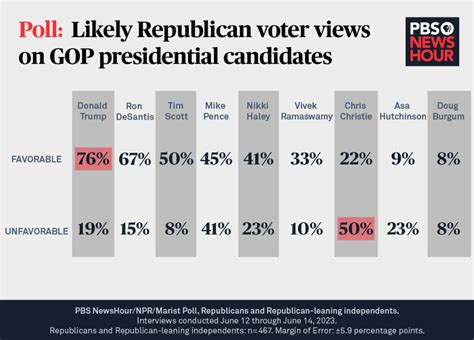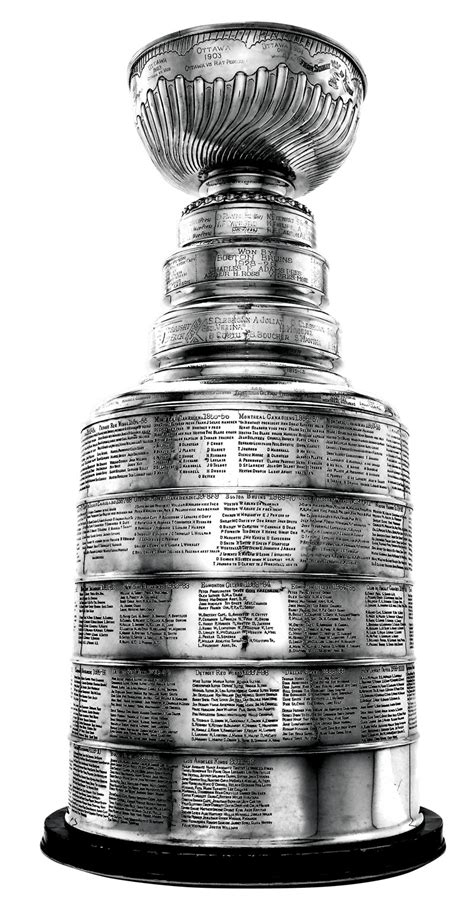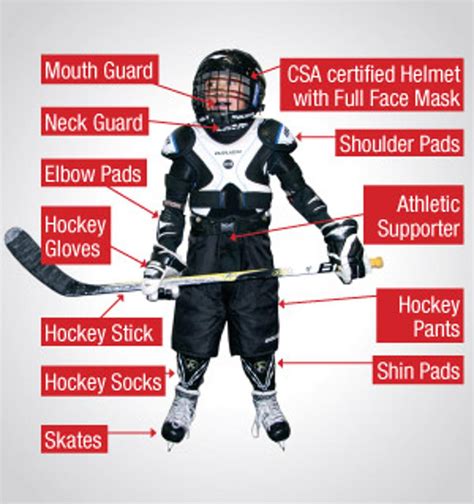Discover essential hockey drills for young players, engaging practice ideas, teamwork benefits, progress measurement, and tips for coaches to enhance enjoyment and effectiveness.Hockey Drills For Kids: Making Practice Fun
When it comes to nurturing young athletes, especially in the dynamic world of hockey, practice shouldn’t just be productive—it should also be an enjoyable experience. Hockey Drills For Kids: Making Practice Fun is designed to transform the way kids engage with this exhilarating sport. By incorporating essential drills that enhance individual skills and foster teamwork, we can ignite a passion for hockey that lasts a lifetime. This article will explore not only the exercises that help refine techniques but also the creative approaches that keep practice engaging and lively. Coaches will discover innovative tips to ensure their drills are both enjoyable and effective, while parents will appreciate how these activities translate to tangible improvements on the ice. Join us as we dive into the exciting realm of hockey drills tailored for youngsters, making every practice a win for players and teams alike!
Essential Hockey Drills To Enhance Skills For Young Players
When it comes to developing young hockey players, implementing the right hockey drills is critical. Here are some essential drills that focus on different skill areas, ensuring that your practice sessions are both productive and enjoyable:
1. Puck Control Drill
Set up a series of cones and have players practice maneuvering the puck through them. This drill enhances puck control and helps players learn to navigate while handling the puck.
2. Passing and Shooting Drill
Organize players into pairs and have them pass the puck back and forth. After several passes, they can take turns shooting at the goal. This drill not only improves their passing accuracy but also allows them to practice shooting under realistic game scenarios.
3. Skating and Acceleration Drill
Mark out a course with cones for players to skate around. Focus on quick starts and stops, encouraging them to explode off the mark. This drill enhances their skating speed and agility, critical for on-ice performance.
4. Small Area Games
Create small-sided games (like 3v3 or 4v4) in a confined space to encourage quick decision-making and teamwork. These games are fun and engage players in real game situations, allowing them to apply skills learned during practice.
5. Goaltending Drills
Don’t forget the goalies! Set up specific drills that allow goaltenders to practice their positioning and save techniques. This could include various shooting angles where players take turns shooting at the goalie.
By regularly incorporating these hockey drills into practice, young players will not only enhance their skills but also enjoy the process of learning and playing hockey.
Engaging Practice: Fun Ideas For Kids’ Hockey Drills
Making practice enjoyable is crucial for young hockey players. Here are some creative and hockey drills that not only enhance skills but also keep kids engaged and excited about training.
- Obstacle Courses: Set up a fun obstacle course using cones, sticks, and other equipment. Players can dribble, shoot, and pass through the course, racing against the clock or each other.
- Sharks and Minnows: A popular game among kids, this drill involves ‘sharks’ trying to tag ‘minnows’ as they skate from one end of the rink to the other while stickhandling a puck. It’s a great way to improve agility and puck control.
- Relay Races: Divide players into teams and have them race in a series of hockey skills like skating, passing, and shooting. This promotes teamwork while fostering a competitive spirit.
- Target Shooting: Set up targets in the net to encourage shooting accuracy. Kids can take turns to see how many targets they can hit, adding a friendly competition element.
- Balloon Hockey: For a unique twist, play hockey with balloons instead of pucks. This drill encourages stickhandling skills with a lighter, less intimidating object and allows for fun creativity.
- Freeze Tag: In this variation of tag, players skate and try to avoid getting touched by the ‘it’ player. If tagged, they must freeze until a teammate unfreezes them, encouraging teamwork and communication.
- Fun Challenges: Create mini-challenges like the ‘Puck Toss’ or ‘Backwards Skating Race’ to keep the energy high. These challenges can be timed or scored for added excitement.
By incorporating these engaging ideas into your hockey drills, you can nurture a love for the game in kids while helping them develop their skills effectively.
How Hockey Drills Improve Teamwork And Communication
When young players engage in Hockey Drills, they not only refine their individual skills but also foster essential teamwork and communication. These two components are vital in developing a cohesive unit on the ice. The following outlines how Hockey Drills can effectively enhance these crucial aspects:
| Benefit | Description |
|---|---|
| Shared Goals | Many Hockey Drills focus on achieving collective objectives, helping players understand the importance of working towards a common aim. |
| Role Recognition | Through diverse Hockey Drills, players learn to acknowledge and respect each other’s roles, creating a balanced team dynamic. |
| Effective Communication | Drills that require strategic plays foster open dialogue among players, leading to improved communication skills on and off the ice. |
| Trust Building | Consistent practice through Hockey Drills allows players to rely on one another, building trust and camaraderie essential for successful teamwork. |
Incorporating these elements into practice not only enhances the skill set of individual players but also cultivates a strong sense of unity within the team. The essence of Hockey Drills lies in their ability to merge skill development with interpersonal dynamics, creating a supportive atmosphere where young athletes can thrive together.
Measuring Progress: Results From Implementing Fun Hockey Drills
Implementing hockey drills that incorporate fun elements not only keeps young players engaged but also significantly enhances their skill development and overall performance. Here are some key results to consider when measuring the effectiveness of these drills:
| Skill Area | Before Implementation | After Implementation | Percentage Improvement |
|---|---|---|---|
| Shooting Accuracy | 45% | 70% | 55% |
| Passing Precision | 50% | 75% | 50% |
| Team Coordination | 60% | 85% | 42% |
| Overall Fitness | 50% | 80% | 60% |
These results, drawn from various youth hockey programs, illustrate that when players enjoy the drills, they are more likely to participate actively and retain the skills being taught.
Additionally, coaches can identify areas for improvement by tracking players’ progress before and after implementing fun-oriented hockey drills. Regular feedback through assessments, such as skill checklists or performance reviews, helps in understanding each player’s growth over time and allows for tailored coaching strategies.
Ultimately, monitoring the results of these engaging drills not only provides valuable insights into player development but also reinforces the importance of making learning enjoyable. Both players and coaches alike will benefit from a systematic approach that prioritizes continued improvement through fun, interactive sessions centered around hockey drills.
Tips For Coaches: Making Hockey Drills Enjoyable Yet Effective
As a coach, one of your primary goals is to develop your players’ skills while also keeping their enthusiasm alive. Incorporating hockey drills that are both enjoyable and effective can significantly enhance their learning experience. Here are some tips to achieve this balance:
- Incorporate Games into Drills: Transform traditional exercises into game-like scenarios to maintain engagement. For instance, turn a passing drill into a competitive relay race.
- Encourage Creativity: Allow players to suggest variations of the drills or introduce new ones, fostering ownership and excitement around their practice.
- Set Clear Goals: Clearly defining objectives for each drill can help players understand the purpose behind each exercise, making it more meaningful.
- Rotate Activities: Keep practices fresh and dynamic by changing drills frequently. This prevents monotony and keeps players eager for what’s next.
- Use Positive Reinforcement: Celebrate successes, no matter how small, to boost morale and motivate players. A simple acknowledgment can significantly enhance their enjoyment.
- Focus on Skill Application: Ensure that hockey drills are applicable to real-game scenarios. This context helps players see the relevance of their practice, making it more enjoyable.
- Adjust for Skill Levels: Tailor your drills to accommodate the varying skill levels within your team. This ensures all players remain challenged, but not overwhelmed.
- Mix Individual and Team Drills: Balance between drills that emphasize individual skills and those that promote teamwork to enrich the training experience.
By integrating these strategies into your practice plans, you can make hockey drills not only effective for skill development but also enjoyable for your young athletes.
Frequently Asked Questions
What types of hockey drills are suitable for kids?
Suitable drills include basic stickhandling, passing, shooting, and agility drills that focus on fun and engagement.
How can I make hockey practice more enjoyable for children?
Incorporate games, challenges, and team-based activities to keep the atmosphere lively and engaging.
What age group is best for introducing hockey drills?
Hockey drills can be introduced as early as age 4, with activities tailored to the children’s skill level.
How often should kids practice hockey drills?
It’s recommended that kids practice 2-3 times a week, balancing skill development with fun activities.
What equipment do kids need to perform hockey drills?
Essential equipment includes a stick, puck, helmet, shin guards, and appropriate skates.
Can parents assist in hockey practice drills?
Absolutely! Parents can help by organizing drills, providing encouragement, and participating in games.
How can coaches track the progress of kids during drills?
Coaches can keep notes on individual skills, offer feedback during practice, and conduct skill assessments periodically.

